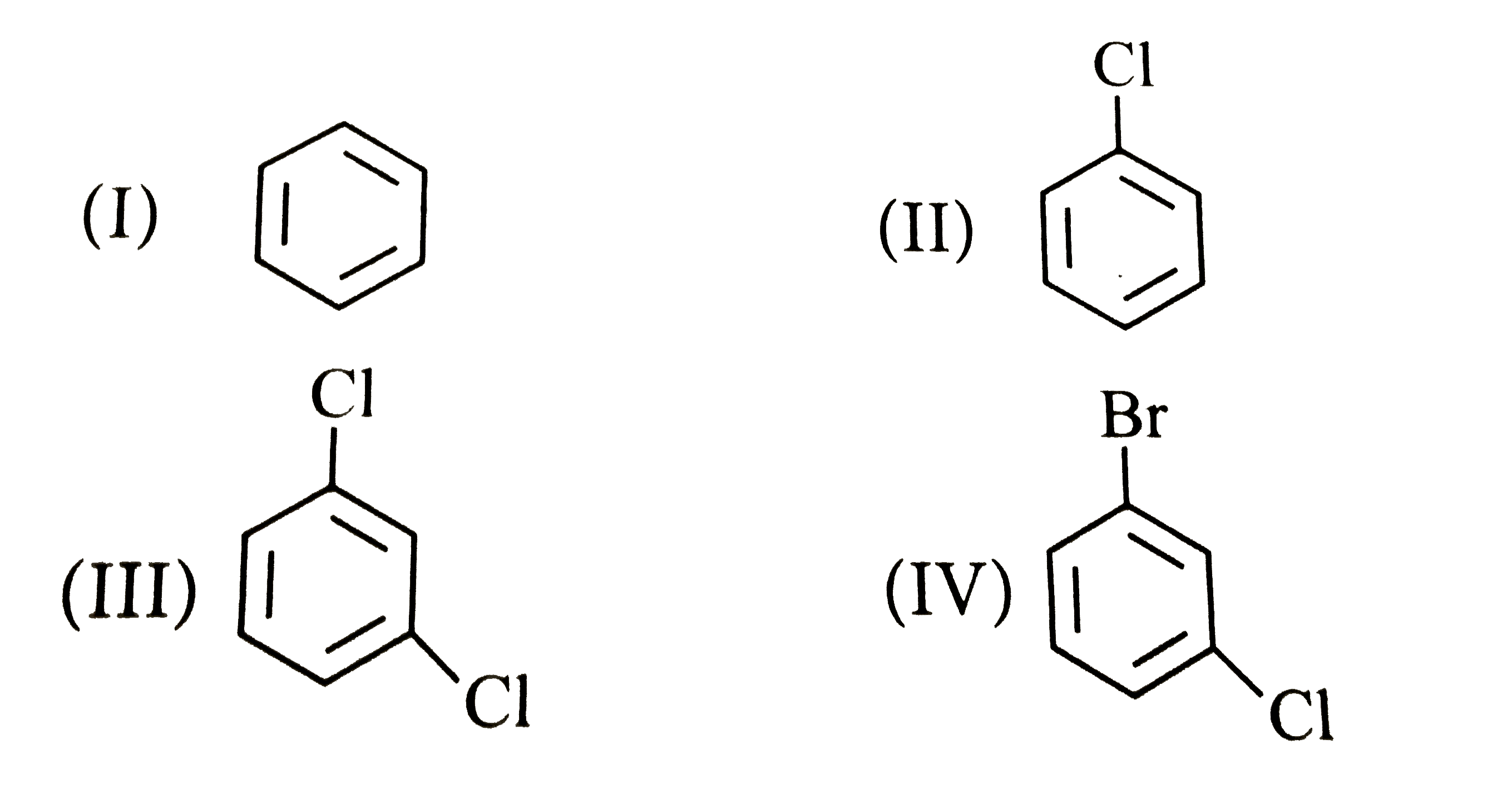Arrange the following metals in the increasing order of their densities. K,Sc, Ti and Ca
K<Ca<Sc<Ti
Ti<Sc<Ca<K
Sc<Ti<K<Ca
Sc<Ti<Ca<K
The correct Answer is:A
To arrange the metals K (Potassium), Sc (Scandium), Ti (Titanium), and Ca (Calcium) in increasing order of their densities, we need to consider the relationship between atomic mass, atomic size, and density.
1. Identify the Metals and Their Atomic Numbers:
- Potassium (K) - Atomic Number 19
- Calcium (Ca) - Atomic Number 20
- Scandium (Sc) - Atomic Number 21
- Titanium (Ti) - Atomic Number 22
2. Understand Density:
Density is defined as mass per unit volume (Density = Mass/Volume). To compare the densities of these metals, we need to consider both their atomic masses and their atomic volumes.
3. General Trends in Density:
- As we move from left to right across a period in the periodic table, the atomic mass generally increases while the atomic size decreases due to increased nuclear charge.
- In the case of transition metals (like Sc and Ti), the d-block contraction also plays a role, leading to smaller atomic sizes despite increasing atomic mass.
4. Estimate the Densities:
- Potassium (K) has a relatively low density because it is a soft alkali metal with a larger atomic size.
- Calcium (Ca) has a higher density than potassium but is still relatively low compared to transition metals.
- Scandium (Sc) is a transition metal and has a higher density than both K and Ca due to its smaller size and higher mass.
- Titanium (Ti) has the highest density among these metals due to its smaller atomic size and higher atomic mass.
5. Order the Densities:
Based on the above analysis, we can arrange the metals in increasing order of their densities:
- K (Potassium) < Ca (Calcium) < Sc (Scandium) < Ti (Titanium)
Final Answer:
The increasing order of densities is: K < Ca < Sc < Ti
- Potassium (K) - Atomic Number 19
- Calcium (Ca) - Atomic Number 20
- Scandium (Sc) - Atomic Number 21
- Titanium (Ti) - Atomic Number 22
Density is defined as mass per unit volume (Density = Mass/Volume). To compare the densities of these metals, we need to consider both their atomic masses and their atomic volumes.
- As we move from left to right across a period in the periodic table, the atomic mass generally increases while the atomic size decreases due to increased nuclear charge.
- In the case of transition metals (like Sc and Ti), the d-block contraction also plays a role, leading to smaller atomic sizes despite increasing atomic mass.
- Potassium (K) has a relatively low density because it is a soft alkali metal with a larger atomic size.
- Calcium (Ca) has a higher density than potassium but is still relatively low compared to transition metals.
- Scandium (Sc) is a transition metal and has a higher density than both K and Ca due to its smaller size and higher mass.
- Titanium (Ti) has the highest density among these metals due to its smaller atomic size and higher atomic mass.
Based on the above analysis, we can arrange the metals in increasing order of their densities:
- K (Potassium) < Ca (Calcium) < Sc (Scandium) < Ti (Titanium)
The increasing order of densities is: K < Ca < Sc < Ti
Topper's Solved these Questions
Similar Questions
Knowledge Check
Arrange the following compounds in the increasing order of their densities
 A(i)<(ii)<(iii)<(iv)B(i)<(iii)<(iv)<(ii)C(iv)<(iii)<(ii)<(i)D(ii)<(iv)<(iii)<(i)
A(i)<(ii)<(iii)<(iv)B(i)<(iii)<(iv)<(ii)C(iv)<(iii)<(ii)<(i)D(ii)<(iv)<(iii)<(i)Arrange the following compounds in the increasing order of their densities.

 Ai<ii<iii<ivBi<iii<iv<iiCiv<iii<ii<iDii<iv<iii<i
Ai<ii<iii<ivBi<iii<iv<iiCiv<iii<ii<iDii<iv<iii<iArrange the following compounds in the increasing order of their densities
 A(i)<(ii)<(iii)<(iv)B(i)<(iii)<(iv)<(ii)C(iv)<(iii)<(ii)<(i)D(ii)<(iv)<(iii)<(i)
A(i)<(ii)<(iii)<(iv)B(i)<(iii)<(iv)<(ii)C(iv)<(iii)<(ii)<(i)D(ii)<(iv)<(iii)<(i)
Arrange the following compounds in the increasing order of their densities.
 .
.
View SolutionArrange the following compounds in the increasing order is their densities.

View SolutionArrange the following in the increasing order of their bond order:
View SolutionArrange the following metals in the decreasing order of reactivity:
View SolutionArrange the following metals in the decreasing order of reactivity:
View Solution


